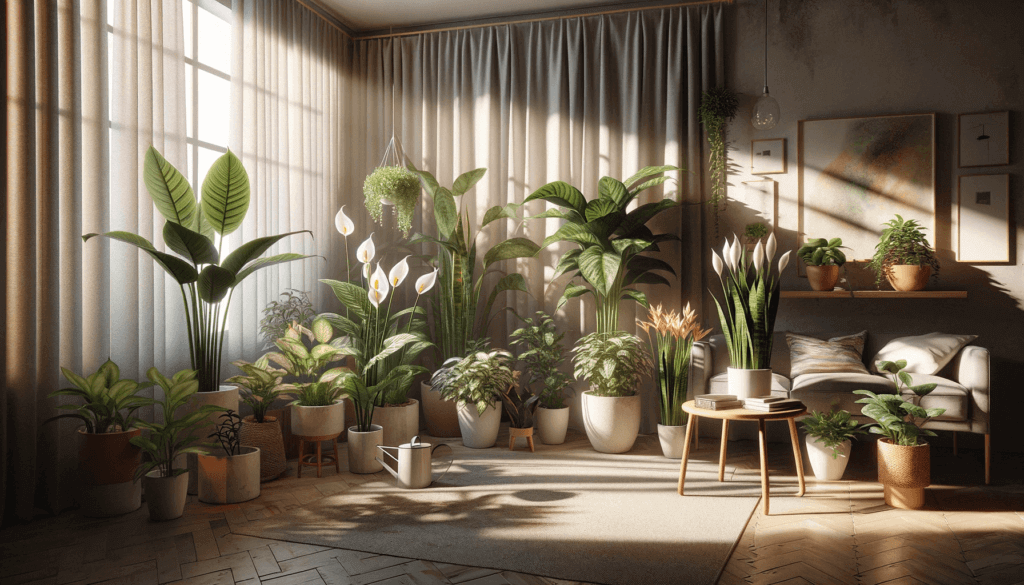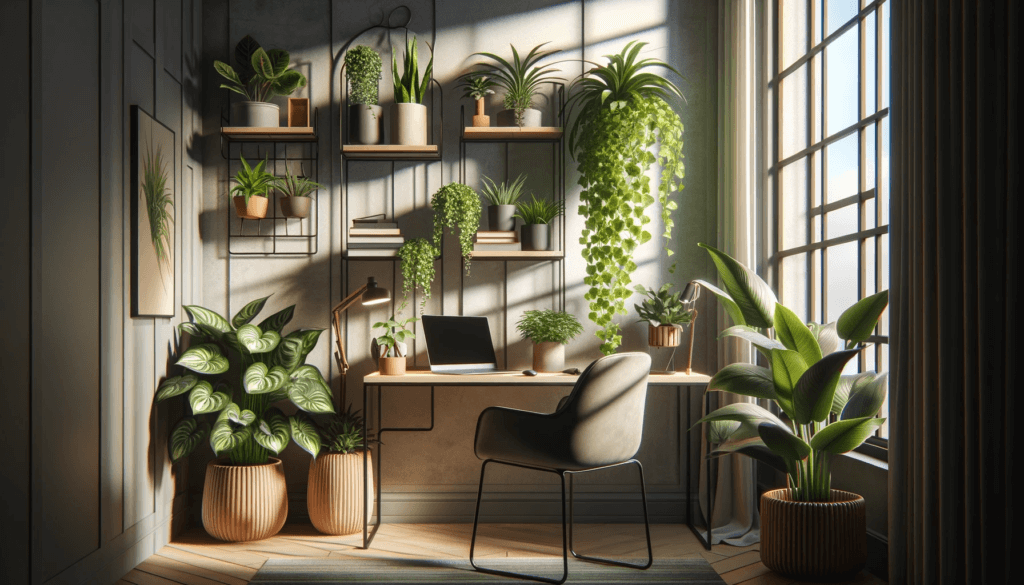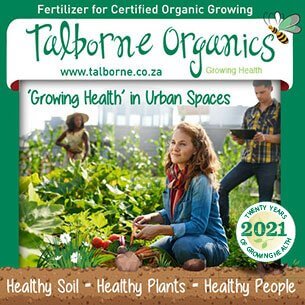In the world of indoor gardening, understanding and adapting to your environment is key. This is especially true when it comes to low light conditions, a common challenge in many South African homes. Selecting the right plants that can thrive in such conditions not only enhances the aesthetic appeal of your space but also contributes to a healthier indoor environment. In this guide, we’ll explore the best low light indoor plants perfect for South African homes, ensuring that even the shadiest corners of your abode burst with life.
Understanding Low Light Conditions
Low light in indoor gardening refers to areas receiving indirect sunlight or situated far from direct light sources. Identifying these spots is vital for selecting plants that thrive under these conditions. These are typically areas where reading without additional lighting is comfortable.
Definition of Low Light Conditions
- Indirect Sunlight: Low light areas are those that receive indirect sunlight. This means the light is not direct from the sun but filtered through a medium, such as sheer curtains or bounced off walls.
- Distance from Light Sources: These areas can also be described as spots far from windows or other direct light sources. They don’t receive the direct rays of the sun but have some ambient light.
Identifying Low Light Areas
- Visual Assessment: A simple method is to see if the area is comfortably bright enough to read a book without turning on additional lights during the day.
- Use of Light Meter: There are varios applications avaliable on the market. look for LUX light meter apps.
Characteristics of Low Light
- Duration: It’s not just about intensity; duration also plays a role. A low-light area might receive a consistent but weak light throughout the day.
- Quality of Light: The quality of light (spectrum) can differ. Morning and evening light tends to be warmer (more red and yellow), while midday light is cooler (more blue).
Top Low Light Indoor Plants for South African Homes
South Africa’s climate is conducive to a variety of low light indoor plants. Top picks include:
Peace Lily (Spathiphyllum)
The Peace Lily thrives in low light and humid conditions, making it ideal for South African homes. It’s known for its ability to purify the air more effectively than most indoor plants. Interesting Fact: The white, spoon-shaped flowers are not true flowers but are modified leaves called spathes.
Snake Plant (Sansevieria)
This plant is extremely resilient and can survive in very low light conditions. Its upright, sword-shaped leaves are not only striking but also efficient at filtering indoor air. Interesting Fact: It’s nicknamed ‘Mother-in-Law’s Tongue’ due to its sharp leaves.
ZZ Plant (Zamioculcas zamiifolia)
The ZZ Plant is a low-maintenance choice, tolerating low light and infrequent watering. Its waxy, green leaves reflect light, brightening low light areas. Interesting Fact: ZZ Plants are known to be almost indestructible, making them perfect for beginner gardeners.
Aglaonema
Also known as Chinese Evergreen, Aglaonema thrives in low light and offers a variety of leaf colors and patterns. It’s an excellent air purifier. Interesting Fact: In some cultures, it’s believed to bring good luck.
Devil’s Ivy (Epipremnum aureum)
Famous for its heart-shaped leaves and trailing vines, Devil’s Ivy grows well in low light and is very easy to care for. Interesting Fact: It’s known for its remarkable ability to remove indoor pollutants such as formaldehyde and benzene.
Spider Plant (Chlorophytum comosum)
This plant is adaptable to various light conditions, including low light. Its arching leaves and small white flowers make it a popular choice. Interesting Fact: Spider plants are non-toxic and safe for pets.
Philodendron
Philodendrons are suited to low light conditions and are known for their diverse leaf shapes and sizes. Interesting Fact: This plant has a heart-shaped variety called ‘Sweetheart’.
Cast Iron Plant (Aspidistra elatior)
As the name suggests, it’s a robust plant that survives in poor light and neglect. Interesting Fact: It earned its name because of its ability to withstand extreme conditions.
Parlor Palm (Chamaedorea elegans)
This elegant palm prefers low light and can add a tropical feel to any room. Interesting Fact: It was a popular choice in Victorian times, symbolizing luxury.
Calatheas
Calatheas are known for their striking, patterned leaves and can thrive in low light. Interesting Fact: Their leaves move in response to light, opening by day and closing at night.
Lucky Bamboo (Dracaena sanderiana)
Thriving in low light, it’s often grown in water and is popular in feng shui. Interesting Fact: Despite its name, it’s not a bamboo but a type of Dracaena.
Prayer Plant (Maranta leuconeura)
Known for its unique leaf movements and tolerance to low light. Interesting Fact: It folds its leaves upward at night, resembling hands in prayer.
Dieffenbachia
It prefers low light and adds a tropical flair with its large, patterned leaves. Interesting Fact: Also known as ‘Dumb Cane’, it can cause temporary speechlessness if ingested.
Rubber Plant (Ficus elastica)
This plant does well in low light and has striking, glossy leaves. Interesting Fact: It was once tapped for its latex sap, used to make rubber.
Heartleaf Philodendron (Philodendron scandens)
A versatile and easy-to-care-for plant that thrives in low light. Interesting Fact: It’s a climbing plant, often used in hanging baskets or as a trailing plant.
Radiator Plants (Peperomia)
They are perfect for low light and have a wide variety of leaf textures. Interesting Fact: Peperomia leaves often have a waxy coating, making them semi-succulent.
Arrowhead Plant (Syngonium podophyllum)
Suitable for low light, its leaves change shape as it matures. Interesting Fact: Young leaves are arrow-shaped, while mature leaves are more lobed.
Dracaena
Dracaenas are adaptable to low light and come in many varieties with different leaf colors. Interesting Fact: It’s often used in interior landscaping due to its dramatic appearance.

Selecting and Caring for Low Light Houseplants
Selecting the ideal low light houseplants for your home involves more than just understanding the light conditions of your space; it’s about creating a harmonious environment where these plants not only survive but thrive. Begin by assessing the natural light available in different areas of your home. Spaces that receive indirect light, such as rooms with north-facing windows or areas shaded by outdoor foliage, are prime locations for low light plants. Once you’ve identified these areas, choose plants that are known to flourish in such conditions, like the Peace Lily or Snake Plant.
Caring for low light houseplants requires a delicate balance. Overwatering is a common mistake, as plants in low light use water more slowly than those in brighter areas. Ensure you’re using well-draining soil to prevent waterlogging and root rot. The type of soil can make a significant difference; opt for a mix that promotes good aeration and drainage while retaining enough moisture to keep the plant hydrated. When watering, it’s best to check the soil moisture first – if the top inch of soil is dry, it’s time to water.
Low light conditions can often lead to dust accumulation on leaves, which can hinder photosynthesis and plant health. Regularly cleaning the leaves with a damp cloth not only improves the plant’s ability to absorb light but also keeps them looking vibrant and healthy. Additionally, rotating your plants periodically ensures that all sides receive an equal amount of light, promoting even growth.
Remember, each plant has its unique needs, so it’s crucial to understand the specific requirements of your chosen houseplants. Providing the right care will ensure they not only survive in low light conditions but become thriving, vibrant components of your indoor space.
Benefits of Growing Low Light Indoor Plants
Incorporating low light indoor plants into your home not only elevates the aesthetic appeal but also significantly contributes to a healthier living environment. These plants are nature’s own air purifiers, adept at filtering out common indoor pollutants like formaldehyde, benzene, and trichloroethylene, thereby improving air quality. This aspect is particularly beneficial in urban South African homes where air quality can be compromised due to various environmental factors.
Beyond their air-purifying capabilities, low light indoor plants have a profound impact on mental and emotional well-being. The presence of greenery indoors is linked to reduced stress levels, lower blood pressure, and improved mood. This is especially important in the context of modern lifestyles, where stress and mental fatigue are common. The act of caring for plants, watching them grow and thrive, provides a sense of accomplishment and can be incredibly therapeutic. This connection with nature, even in an indoor setting, has been shown to boost creativity, productivity, and overall happiness.
Furthermore, these plants contribute to an improved overall indoor environment, not just through air purification but also by adding humidity to the air, which can be beneficial in dry climates or during dry seasons. They create a more comfortable and soothing atmosphere, making homes feel more inviting and alive. The diverse range of textures, colors, and shapes that low light plants offer allows for a variety of interior design options, enabling homeowners to personalize their spaces in unique and appealing ways.
In summary, the benefits of growing low light indoor plants extend far beyond their visual beauty. They play a crucial role in enhancing air quality, promoting mental health, and enriching the overall quality of indoor environments, making them an essential element of modern, health-conscious South African homes.
Common Mistakes to Avoid with Low Light Indoor Plants
One of the most prevalent and critical mistakes in caring for low light indoor plants is overwatering. Plants in low light conditions use water much more slowly than those in bright light, and overwatering can lead to root rot, a common killer of indoor plants. It’s crucial to understand the watering needs of each plant; generally, it’s safe to water only when the top inch of the soil feels dry to the touch.
Equally important is the cleanliness of the leaves. Dust and grime can accumulate on the leaf surface, significantly reducing the plant’s ability to photosynthesize effectively. This is especially crucial for plants in low light conditions, as their access to light is already limited. Regularly wiping the leaves with a damp cloth not only keeps them clean but also allows the plant to breathe and absorb more light.
Another mistake is neglecting the right soil and pot choice. Low light plants often do better in well-draining soil and pots with drainage holes to prevent excess water from sitting at the roots. Also, placing these plants in overly large pots can lead to waterlogging as the soil retains more moisture than the plant can use.
It’s also essential to be mindful of the temperature and humidity levels. Low light indoor plants typically prefer stable conditions without drastic fluctuations. Avoid placing them near heating vents, air conditioners, or drafty windows, as these can lead to stress and weakened health.
Lastly, while low light plants are generally hardy, they still need nutrition. Fertilizing them with a balanced, water-soluble fertilizer during the growing season (usually spring and summer) will help maintain their health. However, it’s crucial to avoid over-fertilizing, which can be as harmful as neglect.
By understanding and addressing these common care aspects, you can ensure that your low light indoor plants not only survive but thrive in your home, enhancing both the aesthetics and the air quality of your living space.
Low light indoor plants can transform darker home areas into vibrant spaces. Suitable for both experienced gardeners and beginners, they are resilient and beautiful.






























